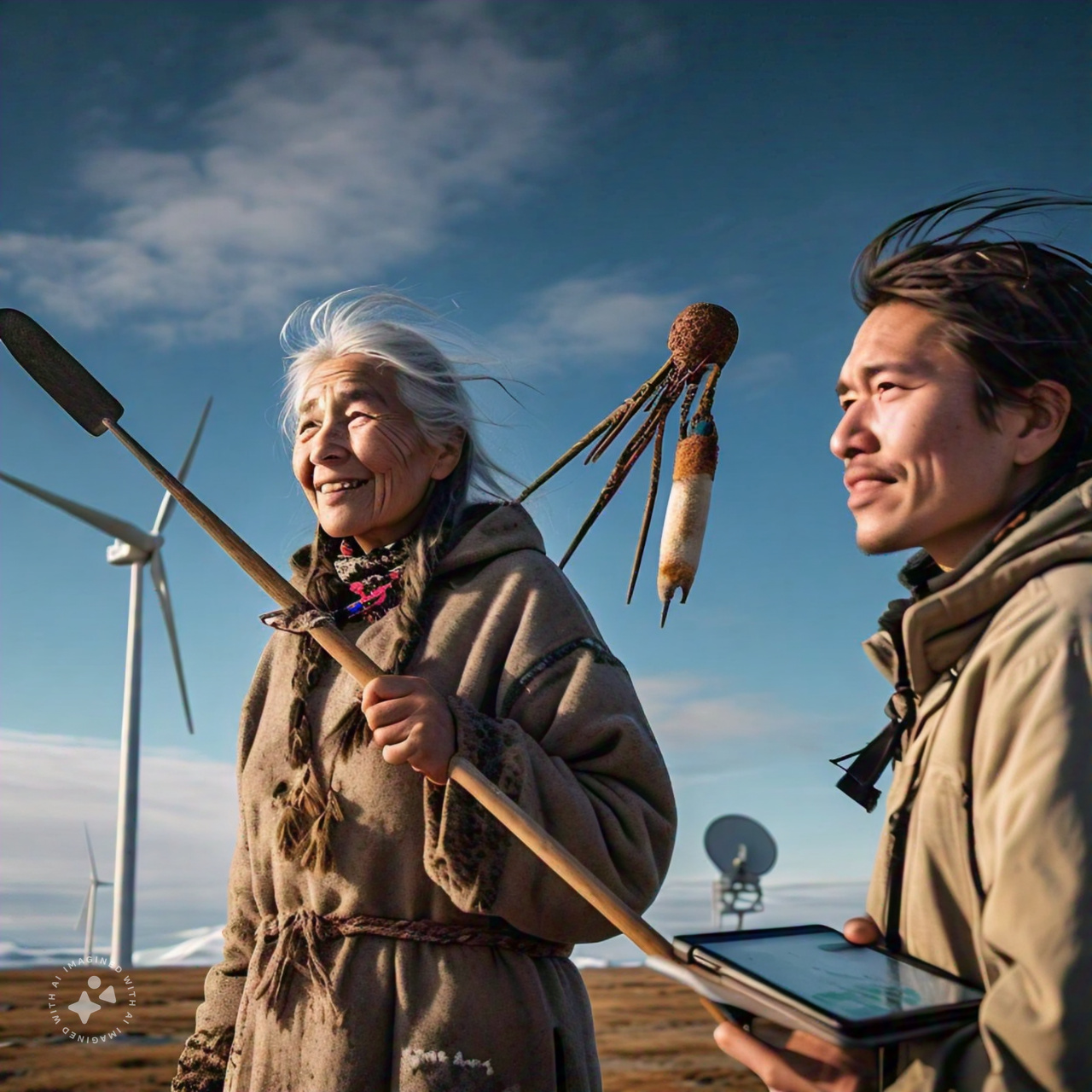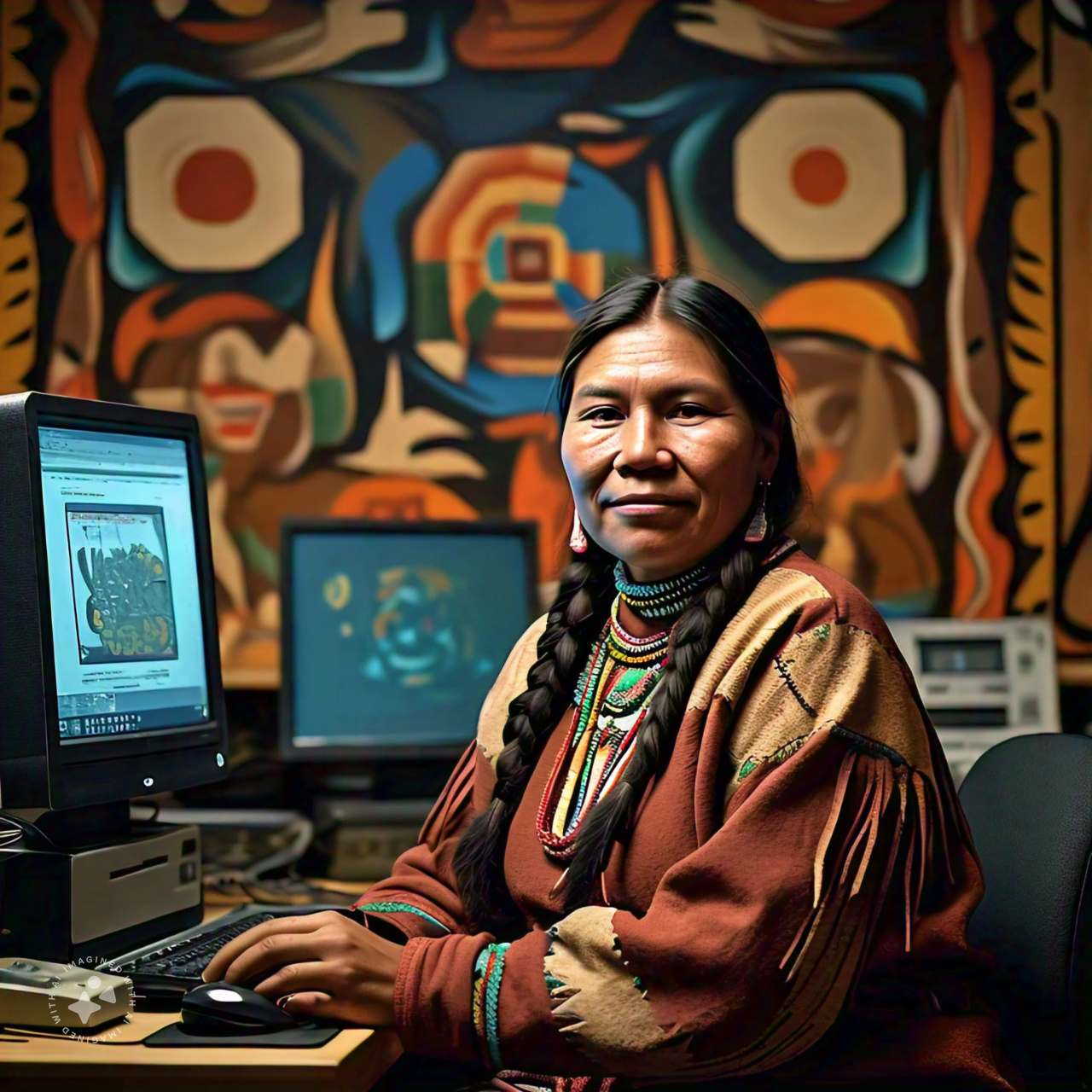SDG 13 Solution: Climate Adaptation = The Fusion of Indigenous Knowledge and AI
The Arctic region is warming at an alarming rate, with far-reaching consequences for the environment, wildlife, and indigenous communities. To address this pressing issue, a unique collaboration is underway, bringing together indigenous knowledge and artificial intelligence (AI) to enhance climate adaptation and resilience. The Importance of Indigenous Knowledge in Climate Adaptation For centuries, indigenous communities … Read moreSDG 13 Solution: Climate Adaptation = The Fusion of Indigenous Knowledge and AI








